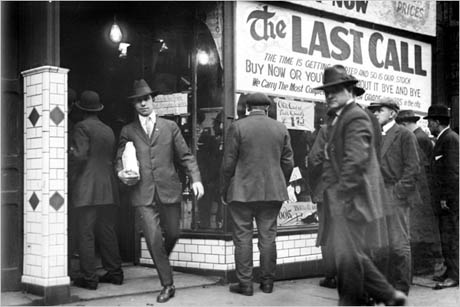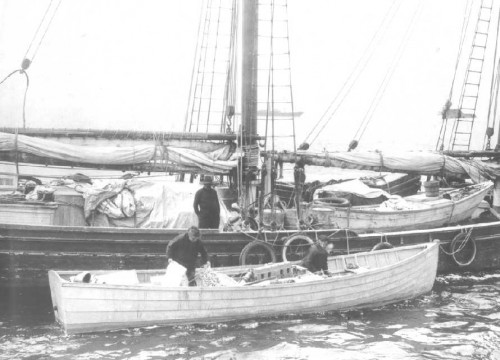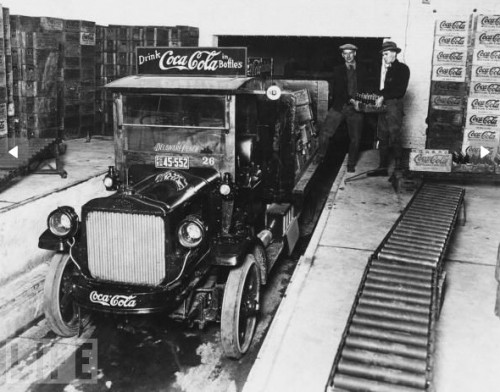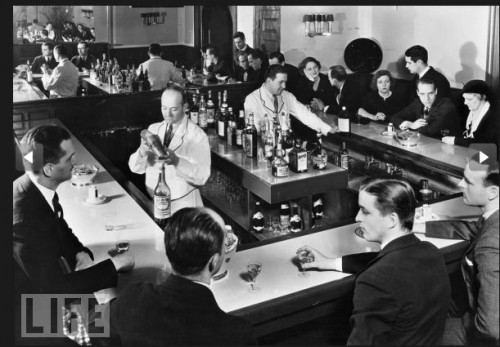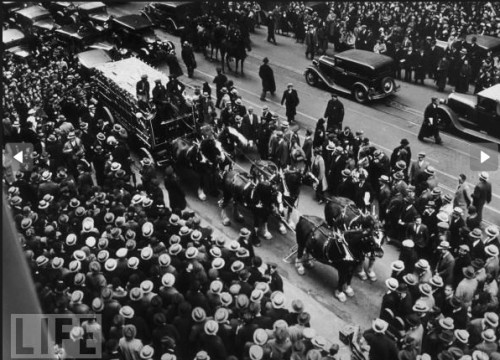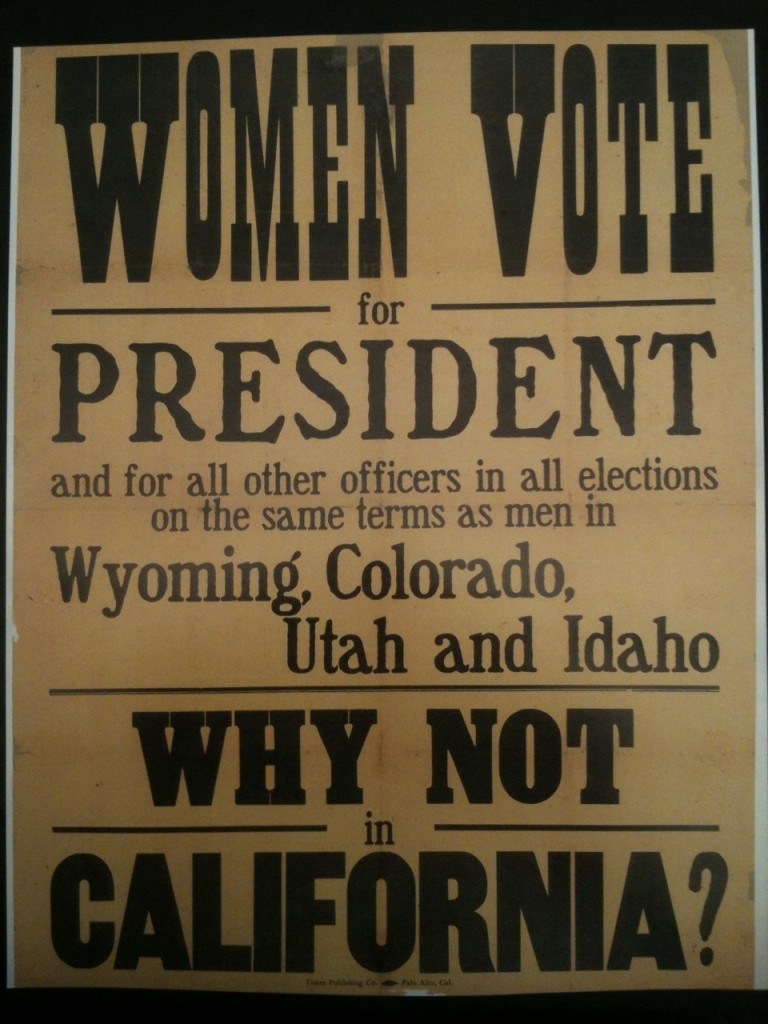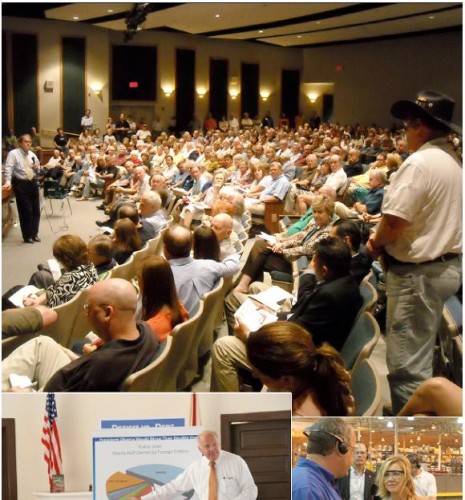An NPR photo essay by Hugh Holland offers a fun glimpse into the evolution of skateboarding. Holland explains that a drought in mid-1970s Southern California led to the mass draining of swimming pools. Kids with skateboards took one look at the empty pools and invented vertically-driven trick skateboarding as we know it today. According to Wikipedia:
This started the vert trend in skateboarding. With increased control, vert skaters could skate faster and perform more dangerous tricks, such as slash grinds and frontside/backside airs.
Ah the serendipity of cultural innovation.
Lisa Wade, PhD is an Associate Professor at Tulane University. She is the author of American Hookup, a book about college sexual culture; a textbook about gender; and a forthcoming introductory text: Terrible Magnificent Sociology. You can follow her on Twitter and Instagram.



